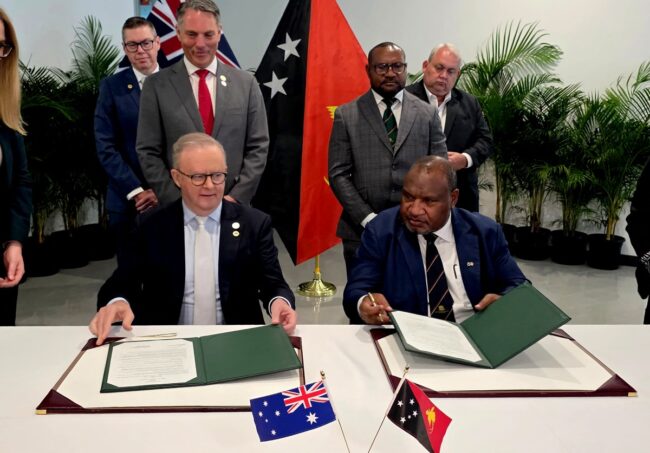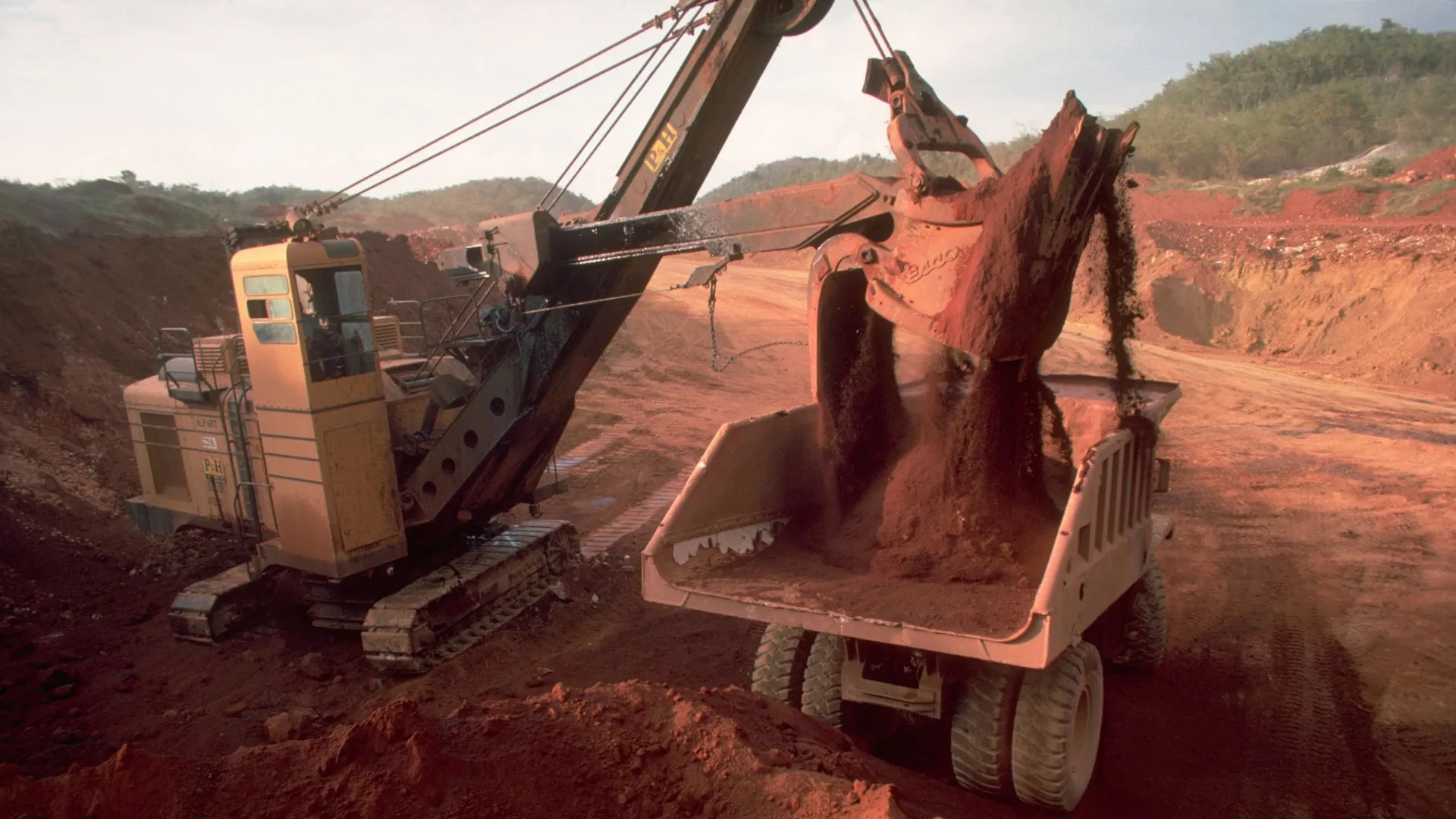By Aramide Folorunsho
Copyright channelstv

Australia pledged on Thursday to slash planet-warming greenhouse gas emissions by up to 70 percent from 2005 levels over the next decade, a target activists warned was not ambitious enough.
Under the landmark Paris climate accord, each country must provide a headline figure to the United Nations for cutting heat-trapping emissions by 2035 and a detailed blueprint for getting there.
However, only about 40 countries have submitted their climate plans so far despite United Nations pressure for governments to file them this month ahead of COP30, the annual climate conference set for November in Brazil.
China is expected to unveil its 2035 emissions target in the next few days, before a climate summit in New York, held alongside the UN General Assembly.
Australia is a leading coal exporter, and its pledge has been closely watched, given its bid to host next year’s UN climate summit alongside Pacific Island neighbors threatened by rising seas.
The announcement also came days after a national climate risk assessment warned that rising oceans and flooding caused by climate change would threaten the homes and livelihoods of more than a million Australians by 2050.
One prominent climate scientist described the new target as “baffling,” given those findings and Australia’s bid to host climate talks.
READ ALSO: Climate Change Worsening Australia’s Extreme Weather: Scientists
“Australia needs to cut its emissions at a pace associated with a 1.5°C-compatible emission reduction pathway that properly aligns with bringing emissions to net zero by 2050 in Australia,” said Bill Hare, head of the Climate Analytics research group.
“This requires strong government policy action now.”
Climate activists and experts say Australia needs to slash emissions by at least 76 percent from 2005 levels to keep global temperatures from rising more than 1.5°C higher than pre-industrial levels.
Prime Minister Anthony Albanese described the reduction goal of 62-70 percent as a “responsible target backed by the science.”
His government said it would fund a new Aus$5 billion ($3.3 billion) “Net Zero Plan” to help firms transition to green energy.
It will also help Australians buy more zero-emission vehicles and access clean energy.
The target is “not likely to please anyone,” said Jacqueline Peel, a climate specialist at the University of Melbourne Law School.
And given the risks outlined in this week’s assessment, “this ‘achievable’ target feels very anticlimactic,” she added.
– ‘Apocalyptic Scenarios’ –
Anote Tong, former president of the Pacific nation Kiribati, told AFP that Australia’s goals were undermined by its reliance on fossil fuel.
“The problem has been (Australia’s) high volume of fossil fuel exports and ongoing substantial subsidies to the fossil fuel industry,” said Tong, often called the founding father of the Pacific climate movement.
“These recent decisions by the government become more stark in contrast to the recently released Climate Risk Assessment Report, which predicts apocalyptic scenarios, even for Australian citizens, if unheeded,” he said.
Global emissions have been rising but need to almost halve by the end of the decade to limit global warming to safer levels agreed upon under the Paris deal.
Australia’s previous 2030 commitment was to cut emissions by 43 percent of 2005 levels.
It has poured billions into solar power, wind turbines, and green manufacturing and pledged to make the nation a renewable energy superpower.
But its green ambitions are at odds with its deep entanglement with lucrative fossil fuel industries, and it remains one of the world’s biggest coal exporters.



